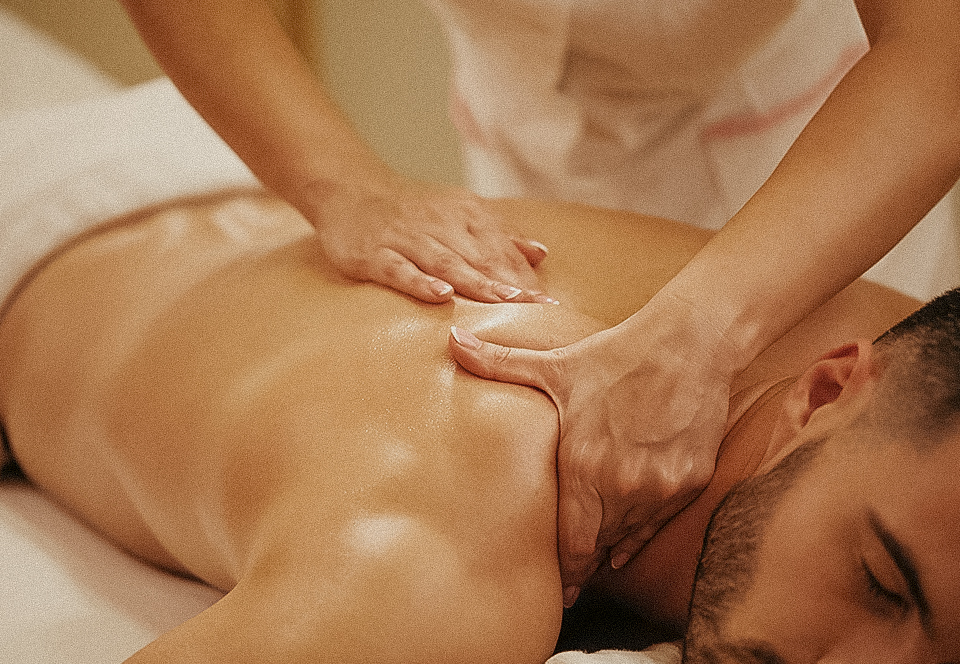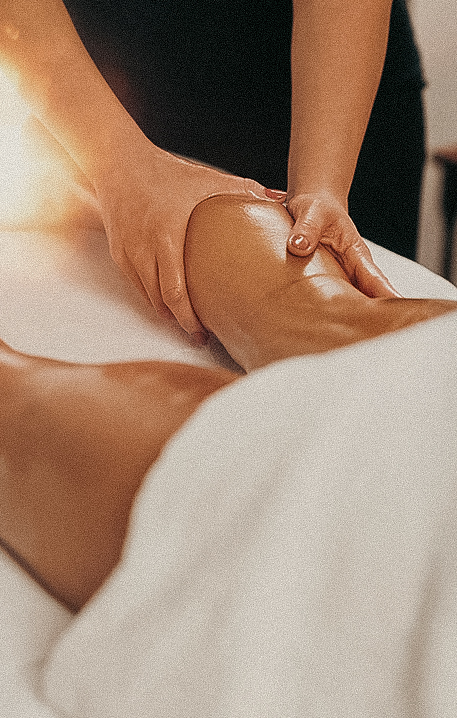No products in the cart.

How Massage Therapy Boosts Muscle Recovery After Workouts
After an intense workout, your muscles experience stress and micro-tears, which can lead to soreness, stiffness, and fatigue. While rest and proper nutrition are crucial for recovery, incorporating massage therapy into your post-workout routine can significantly speed up the process. Massage therapy not only helps reduce discomfort but also promotes healing, enhances flexibility, and prepares your body for future physical activity.
Here’s an in-depth look at how massage therapy can boost muscle recovery and why it’s a must-have for athletes and fitness enthusiasts alike.
What Happens to Your Muscles After a Workout?
When you exercise, especially during strength training or high-intensity workouts, your muscles undergo stress that causes:
- Micro-tears in Muscle Fibers: These small tears are a natural part of building muscle but can lead to soreness and inflammation.
- Buildup of Lactic Acid: Intense physical activity produces lactic acid, which can cause temporary discomfort and stiffness.
- Reduced Circulation: Tight muscles restrict blood flow, delaying the delivery of nutrients and oxygen needed for repair.
To recover efficiently, your body needs to repair these micro-tears, remove metabolic waste, and restore optimal circulation. Massage therapy is an excellent way to facilitate these processes.
Massage therapy improves muscle recovery by increasing blood circulation, reducing inflammation, and relieving tension, helping your body heal faster and perform better.


Benefits of Massage Therapy for Muscle Recovery
Massage therapy offers several advantages that directly aid in post-workout recovery:
1. Increases Blood Circulation
- Massage stimulates blood flow, delivering oxygen and nutrients to muscles faster.
- Improved circulation helps remove metabolic waste like lactic acid, reducing soreness and stiffness.
2. Reduces Muscle Tension
- Massage therapy relaxes tight and overworked muscles, helping them return to their natural state.
- Reduced tension can prevent future injuries and improve overall performance.
3. Speeds Up Healing
- By promoting better circulation and reducing inflammation, massage therapy accelerates the body’s natural healing process.
- This is especially beneficial for athletes recovering from intense training sessions or minor injuries.
4. Enhances Flexibility
- Regular massages improve muscle elasticity and joint mobility, allowing for better performance during workouts.
- Improved flexibility also reduces the risk of strains and injuries.
5. Reduces Delayed Onset Muscle Soreness (DOMS)
- Massage helps minimize the intensity of DOMS, which typically occurs 24–48 hours after exercise.
- By reducing inflammation and breaking up adhesions, massage can make recovery more comfortable and effective.
Popular Massage Techniques for Muscle Recovery
Not all massages are created equal. Here are some of the most effective techniques for muscle recovery:
1. Deep Tissue Massage
- Focuses on deeper layers of muscle and connective tissue.
- Ideal for relieving chronic tension, breaking up scar tissue, and improving range of motion.
2. Sports Massage
- Tailored specifically for athletes, this technique combines stretching, compression, and targeted pressure to optimize performance and recovery.
- Often used before or after events to reduce muscle fatigue.
3. Swedish Massage
- A gentler option that uses long, flowing strokes to promote relaxation and improve circulation.
- Great for general recovery and stress relief after light to moderate workouts.
4. Trigger Point Therapy
- Targets specific knots or “trigger points” in muscles that cause pain and tension.
- Effective for relieving localized soreness and improving muscle function.
5. Myofascial Release
- Focuses on releasing tension in the fascia (connective tissue surrounding muscles).
- Helps alleviate stiffness and improves overall mobility.


When to Get a Massage for Optimal Recovery
Timing matters when it comes to massage therapy. Here’s when you should schedule your sessions:
- Immediately After a Workout: A light massage can help reduce lactic acid buildup and prevent stiffness.
- 24–48 Hours Post-Workout: This is the ideal time for a deeper massage to address soreness and tension.
- Before Intense Physical Activity: A pre-event massage can loosen tight muscles and enhance flexibility, preparing you for peak performance.
- As Part of a Regular Routine: Consistent massages, even during rest periods, can maintain muscle health and prevent injuries.
Tips to Maximize the Benefits of Massage Therapy
To get the most out of your massage therapy sessions, follow these tips:
- Stay Hydrated: Drinking water before and after a massage helps flush out toxins and supports muscle recovery.
- Stretch Regularly: Combining massage therapy with stretching improves flexibility and reduces tension.
- Listen to Your Body: If certain areas feel particularly sore or tight, let your therapist know so they can focus on those spots.
- Maintain a Healthy Diet: Eating nutrient-rich foods supports your body’s repair process and complements the benefits of massage.
Who Can Benefit from Massage Therapy for Muscle Recovery?
Massage therapy isn’t just for professional athletes. It’s beneficial for:
- Fitness enthusiasts recovering from regular workouts.
- Individuals dealing with chronic muscle pain or tension.
- People looking to improve flexibility and prevent injuries.
- Anyone who wants to relax and support overall physical wellness.
Final Thoughts: Massage Therapy as a Key to Recovery
Incorporating massage therapy into your post-workout routine is a proven way to boost muscle recovery, improve performance, and reduce discomfort. Whether you’re a seasoned athlete or just starting your fitness journey, regular massages can help you recover faster and train more effectively.
Book your massage therapy session at Balance Massage today and experience the transformative benefits for yourself!
FAQs About Massage Therapy for Muscle Recovery
You can get a light massage immediately after a workout to reduce lactic acid buildup. For deeper massages, wait 24–48 hours to allow initial muscle inflammation to subside.
Deep tissue and sports massages are highly effective for muscle recovery, as they target deeper layers of muscle and connective tissue. For general relaxation, a Swedish massage works well.
For active individuals, scheduling a massage every 2–4 weeks is ideal. If you’re dealing with intense soreness or training regularly, more frequent sessions may be beneficial.
Yes, massage therapy helps improve circulation, reduce tension, and remove lactic acid, all of which can minimize delayed onset muscle soreness (DOMS) after exercise.

Give your muscles the recovery they deserve! A soothing massage can relieve soreness, improve circulation, and help you bounce back faster. Book your recovery session today and feel the difference!

Leave a Reply